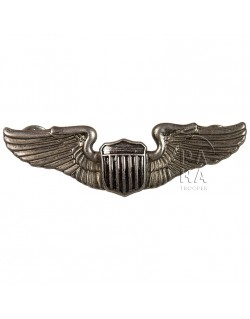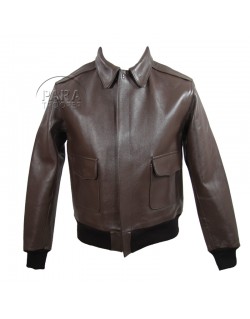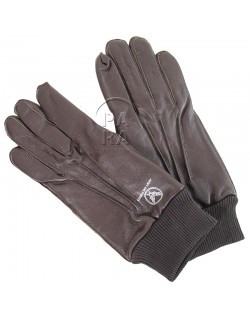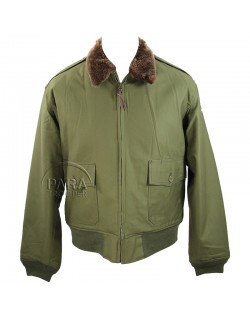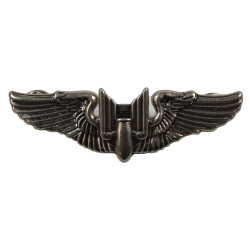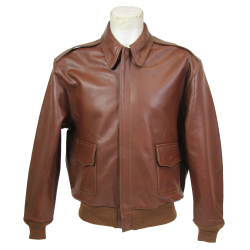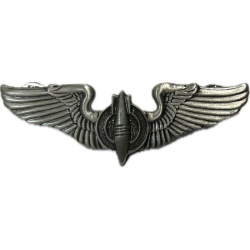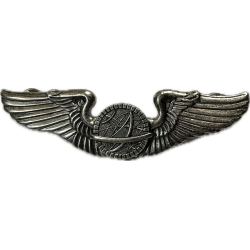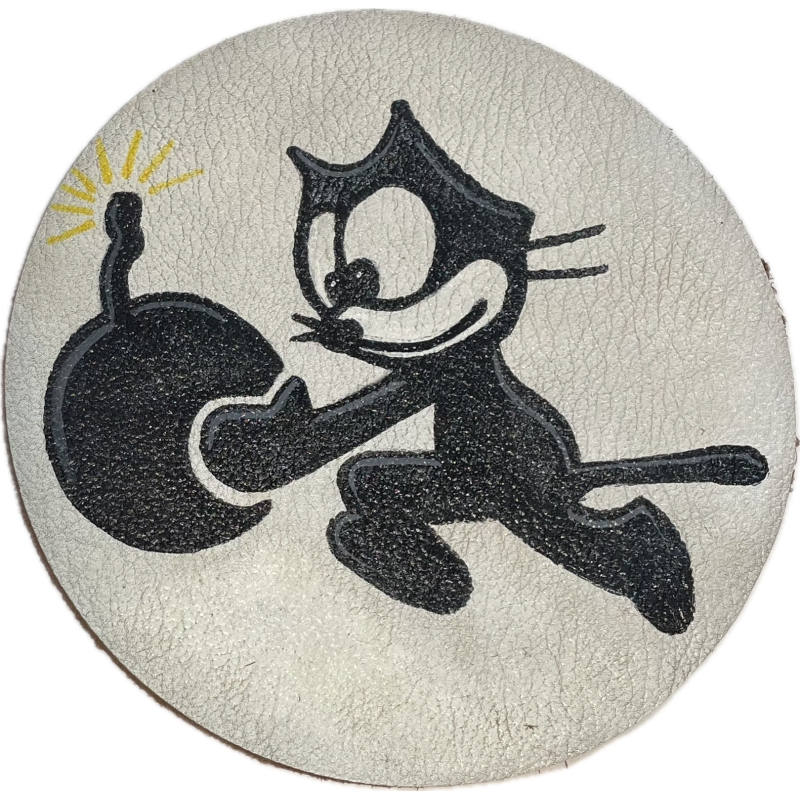


Chest Insignia, VF-3, US Navy, Leather
€79.99
Tax included
Superb reproduction of the chest badge of the US Navy VF-3 squadron, hand-painted on a piece of leather.
Activated on July 1, 1935, it is one of the US Navy attack squadron.
It took part in numerous campaigns in the Pacific, including Midway, Guadalcanal and the Philippines. Operating from US Navy aircraft carriers, it flew the F4F Wildcat and then, from 1943, the F6F Hellcat.
This insignia (12.5 cm in diameter) was worn by Navy pilots on the G-1 jackets.




